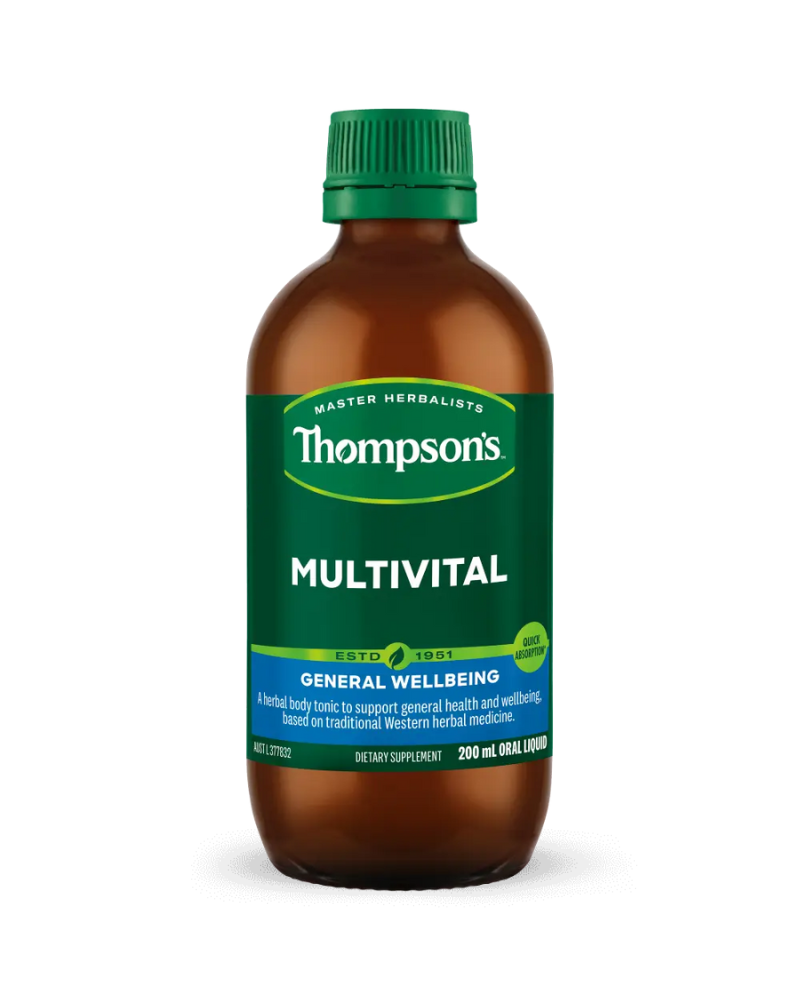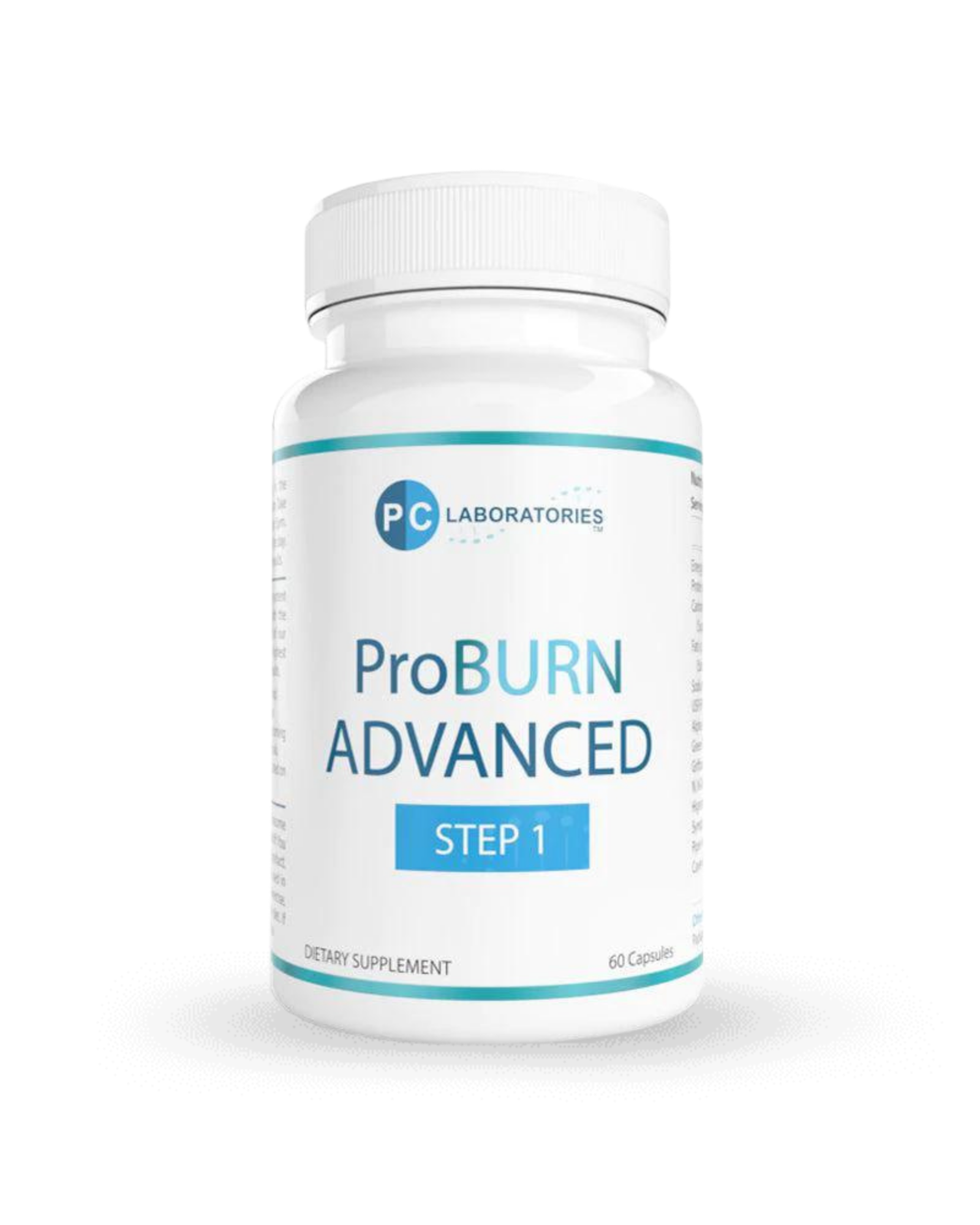Risks of Excess Iron: Understanding and Managing Iron Overload

While iron is an essential nutrient for our health, too much iron can pose serious health risks. This section explores the potential dangers of excess iron in the body and the importance of maintaining a balanced iron level.
Understanding Iron Overload:
Iron overload, or hemochromatosis, occurs when too much iron accumulates in the body. It can be hereditary or caused by excessive iron intake through diet or supplements. The human body cannot effectively excrete excess iron, making regulation crucial.
Symptoms and Health Complications:
Excess iron can lead to a range of symptoms:
- Early Symptoms: Fatigue, joint pain, abdominal pain, and skin discoloration.
- Long-Term Complications: If untreated, it can cause liver damage, heart problems, diabetes, and hormonal imbalances.
At-Risk Populations:
Some individuals are more susceptible to iron overload, particularly those with hereditary hemochromatosis. It's important for these individuals to be aware of their iron intake and undergo regular screenings.
Managing Iron Intake:
Careful management of iron intake is key:
- Dietary Management: Be mindful of iron-rich foods and supplements.
- Regular Check-Ups: Regular blood tests can help monitor iron levels.
Treatment and Management of Iron Overload:
Treatment options include:
- Phlebotomy: Regular blood removal to reduce iron levels.
- Chelation Therapy: Medication to remove excess iron from the body.
Preventative Measures:
Prevention is better than cure, especially for those with a genetic predisposition:
- Regular Screening: Early detection is crucial for effective management.
- Consult Healthcare Providers: Always seek professional advice before taking iron supplements.
Conclusion:
Understanding the risks of excess iron is as important as recognizing its benefits. By staying informed and monitoring your iron levels, you can protect yourself from the potential risks of iron overload and maintain optimal health.
Additional Resources and References:
- "Iron Overload and Hemochromatosis," American Liver Foundation.
- "Guidelines for the Diagnosis and Treatment of Hemochromatosis," National Institutes of Health.































































